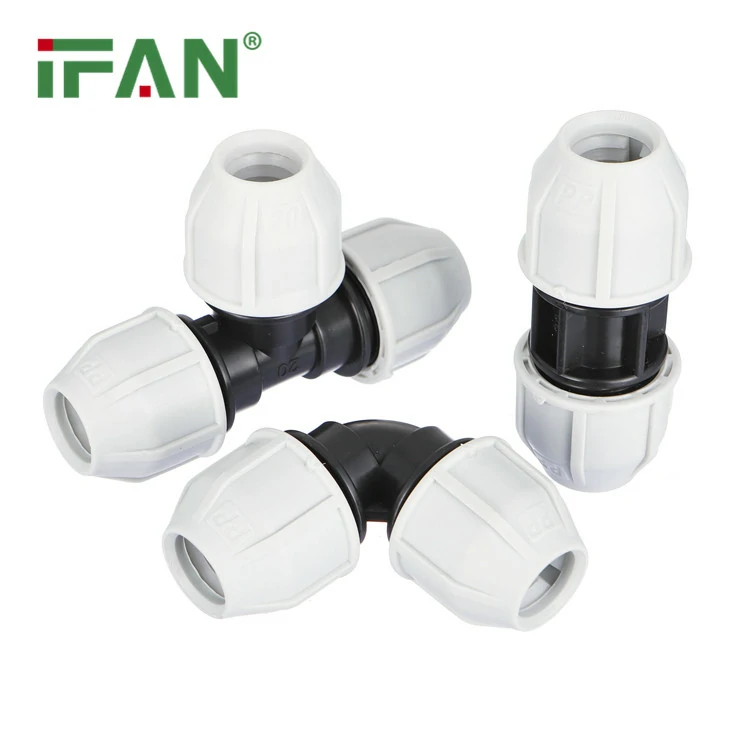Introduction to Compression Fittings
Compression Fittings are widely used in plumbing and piping systems to create secure, leak-free connections. They are easy to install and do not require soldering or welding. However, leaks can occur if they are not installed or maintained properly. Understanding the causes of leaks is essential for effective troubleshooting.
Improper Installation
The most common cause of leaking compression fittings is improper installation. If the tube is not cut cleanly or inserted fully into the fitting, it can lead to gaps. Incorrect tightening of the compression nut can also cause leaks. Following manufacturer guidelines ensures a proper seal.
Over-Tightening or Under-Tightening
Over-tightening can damage the fitting or crush the tube, creating leaks. Under-tightening may fail to compress the ring sufficiently, leaving gaps. Striking the right balance is crucial. Use a wrench to tighten the nut one to two full turns after hand-tightening.
Worn or Damaged Components
Worn or damaged components, such as the compression ring or nut, can cause leaks. Over time, these parts may degrade due to wear and tear. Inspect the fittings regularly and replace damaged components promptly. High-quality materials enhance durability.

Misaligned or Bent Tubes
Misaligned or bent tubes can prevent a proper seal in compression fittings. Ensure the tube is straight and properly aligned before installation. Avoid sharp bends or kinks in the tubing. Proper alignment ensures a secure connection.
Incorrect Fitting Size
Using a fitting that does not match the tube size can lead to leaks. Ensure the compression fitting is compatible with the tube diameter. Check the specifications before installation. Correct sizing ensures a tight and secure fit.
Environmental Factors
Extreme temperatures or harsh chemicals can damage compression fittings. Heat can cause materials to expand or degrade, while chemicals may corrode the fittings. Choose fittings made from materials resistant to environmental conditions. Regular maintenance helps mitigate these issues.
Preventing Leaks in Compression Fittings
Proper installation, regular inspections, and using high-quality components prevent leaks. Follow manufacturer guidelines for tightening and alignment. Replace worn or damaged parts immediately. These practices ensure the longevity and reliability of the system.
Conclusion
Leaking compression fittings are often caused.

